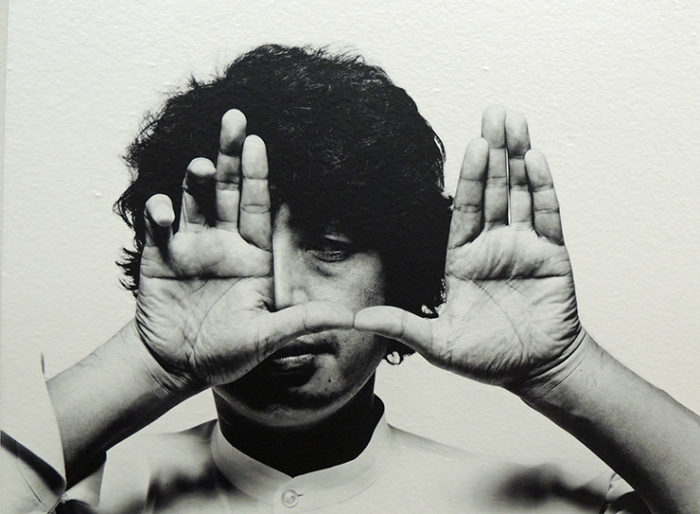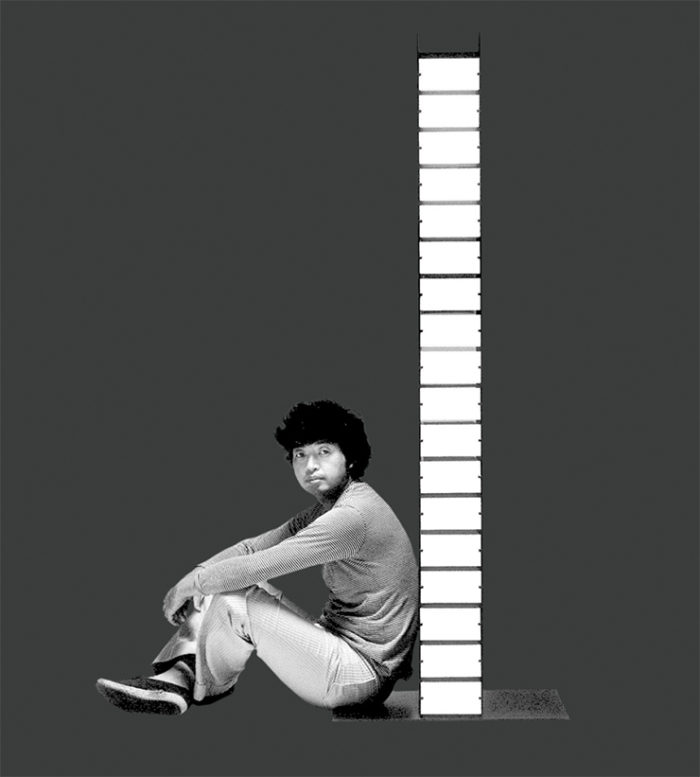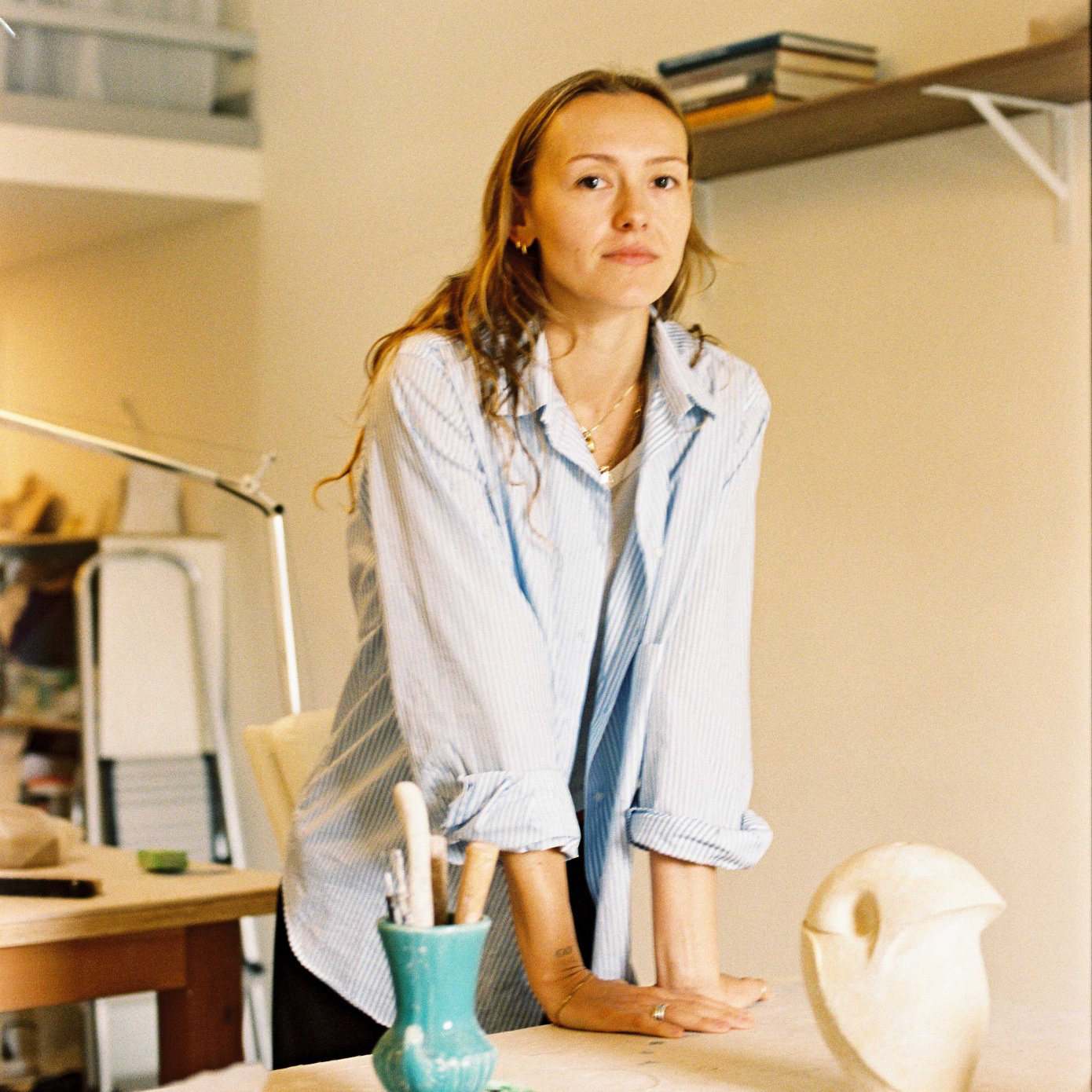
Collectors have a deeply rooted need to organize a disordered world. For people who are bitten by the collecting bug, it is not a collection’s monetary value, but rather the act of collecting, that has true worth. Through collecting, we better grasp how history has brought us to this moment.
It makes perfect sense, then, that collectors have focused their attention on design in the last 20 years. By wedding function and form, design’s best works reveal the progressive technology and artistic spirit of an era. Miss Blanche exemplifies design’s union of science and art. Conceived by Shiro Kuramata in 1988, it transforms industrial materials into visual magic. Artificial roses appear to float slowly through this chair’s thick acrylic arms and seat, and anodized aluminum legs pierce the transparent material.
 Designer Shiro Kuramata
Designer Shiro Kuramata
In addition to materials, Miss Blanche represents inspirations at Kuramata’s disposal at the time. After all, the chair is named for Blanche DuBois, the tragic heroine of the Tennessee Williams play “A Streetcar Named Desire.” In the decades between postwar reconstruction and the Internet boom, one of Japan’s premier designers was drawing references from an American literary icon. Miss Blanche stands at the cusp of globalization.
Miss Blanche also signals remarkable changes in the way high-quality objects are distributed. Ishimaru Co. manufactured only 56 of these chairs between 1989 and 1998. Whereas the forebears of Modernism created one or two prototypes for mass production, Miss Blanche’s limited run was purposeful; it equated rarity to quality.
 Kuramata with his Dinah drawers for Cappellini
Kuramata with his Dinah drawers for Cappellini
Today’s savvy practices of releasing and collecting numbered works got its jump-start two decades ago, thanks precisely to works like Miss Blanche. And, in turn, the precursors to contemporary limited editions have gained value. While some forward-thinking collectors bought an eight-piece set of Miss Blanche chairs upon their initial release, the most recent sale of a stand-alone Miss Blanche took place at Christie’s London in 2011, where the gavel fell at £205,250 ($327,784). I doubt that octet is hosting dinner parties any longer.
For collectors, it is a thrill to witness an object of affection mature into a widely coveted prize. On a deeper level, it is validating. Escalating auction results validate not only a collector’s historical detective work, but also his genetic need to save, sort and decipher the world through objects. When you are fortunate enough to own a piece like Miss Blanche, the marketplace reminds you that a personal passion is determining the preservation—and, perhaps, the future course—of recorded culture.”




